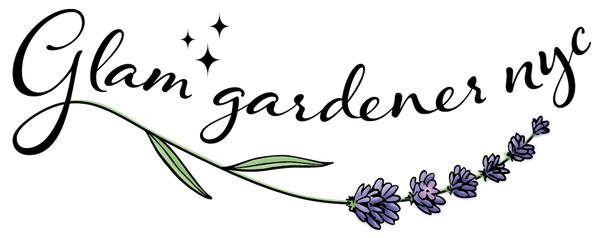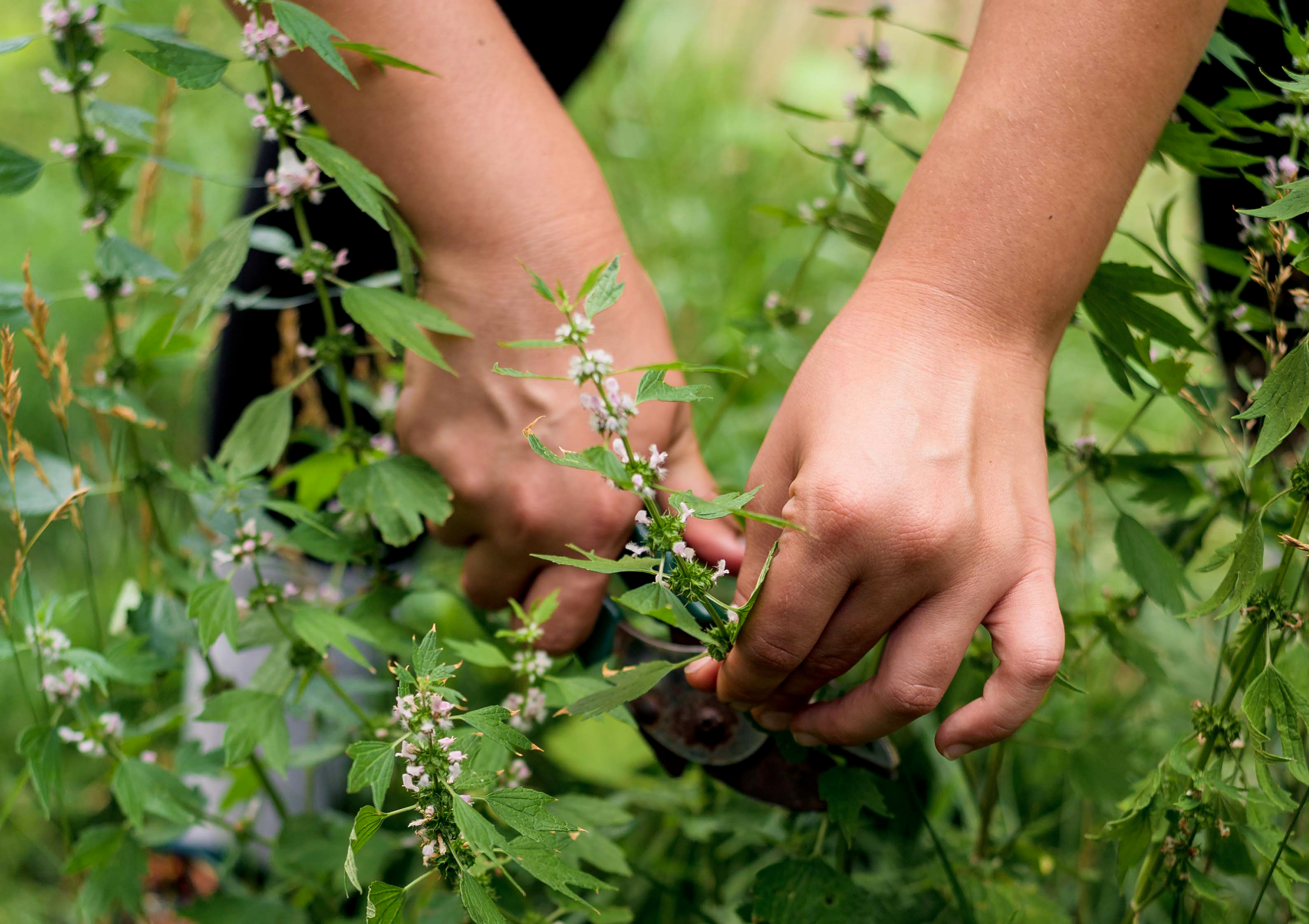
5 Reasons why you should start foraging and eating wild plants
From our human instincts to the need for nutrients and sustenance. It's hard to deny the benefits of learning this forgotten survival skill.

Glam Gardener NYC offers organic and wild-foraged herbal products, art, and education under one roof.
This article is part of our Foraging Blog, which hosts a compilation of online resources, articles, and videos made for both seasoned nature lovers & beginners alike.
Scroll to keep reading
But first, what is foraging anyway?
Let’s keep it simple. The act of foraging is simply harvesting food from the wild, as opposed to a farm or the grocery store.
It appears that the pandemic propelled a foraging revival, even for urban dwellers. As things that made city-living bearable shut down overnight, people quickly rediscovered the value of connecting with nature, open green spaces, and acquiring practical survival skills.
Foraging has gained a load of attention in the mainstream, but make no mistake, people have been foraging since the beginning of time.
1. Foraging Is In Your DNA
Before we designed fast food drive-throughs—humans and our evolutionary predecessors—spent a few million years foraging for food.
Here’s a short history lesson. Not too long ago, humans were largely nomadic. To survive, we did what every other animal does. We hunted and gathered food. Sound familiar? But about 10,000 years ago, we felt like settling down in one place. I guess our feet started to hurt.
When we decided to set up shop in one location, humans had to adapt their hunter-gatherer skills, and instead learn to grow food in one place. So, we designed the concept of farming!
And the rest is history.
But now most of us aren’t farmers, foragers, and let’s be honest… can’t keep a houseplant alive. Yikes. But if you’re reading this you’re looking for solutions, so here’s the good news.
Think like an ancient human for a second. Humans that were good at foraging survived. The ones that weren’t, poisoned themselves and died a loooong time ago. What’s that mean? That means everyone living today has ancestors that were expert foragers. Psst... that includes you.
Foraging is likely making a comeback for a variety of reasons, but perhaps it's this dormant desire driving the recent craze.
If our first fun fact leaves you thinking something along the lines of:
Woah, that’s cool… but, what’s the purpose? We have plenty of food at the grocery store and I’m a little too busy to learn to gather berries in the woods. Then this is *actually* the article for you. Everyone should learn to forage or at the very least, start consuming wild-foraged foods & herbal products. There are a thousand reasons to, but here's 5 that might resonate with you.
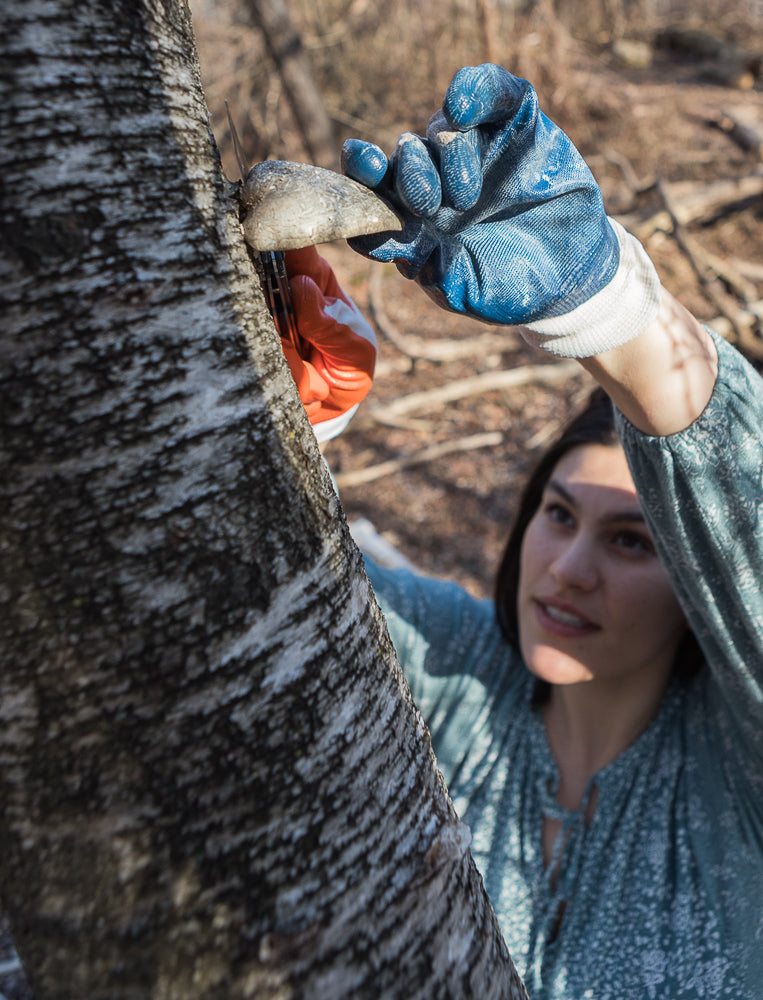
2. Got Nutrients?
In regard to nutrient density, wild plants can outcompete store-bought produce by a long shot.
So let’s talk about the food system. According to multiple studies in several countries, the nutrient density of our food has fallen tremendously in the last 50-70 years.
Why? A TON of reasons: modern-industrial farming methods and the decline in soil quality, just to name a few.
If you care to dive deep into this topic, check out this prominent study. It compared the nutritional density of 40+ modern varieties of common fruits and vegetables to their 1950s counterparts.
But here’s the short version. In order to meet the increased demand for food as the human population exploded in the last century, "big agriculture" created a system that’s effective at producing a lot of food, but not necessarily the most nutritionally dense, healthy, or ecologically conscious food.
Agricultural companies have altered common fruits, like apples, through hybridization and genetic modification, which may make them last longer on our kitchen counters. But there's always a price of change.
While these advances have been beneficial to society in many regards, they've negatively impacted the nutrient density of many foods. Some argue that this results in a population that is overeating because we're starved for nutrients. Whereas wild foods have not changed, except where evolution naturally occurs. So, our regionally available wild foods—like wild apples—may not be as sweet as their store-bought counterparts, or last very long on the counter, but they are nutritionally rich. As they always have been, and as all food should be.
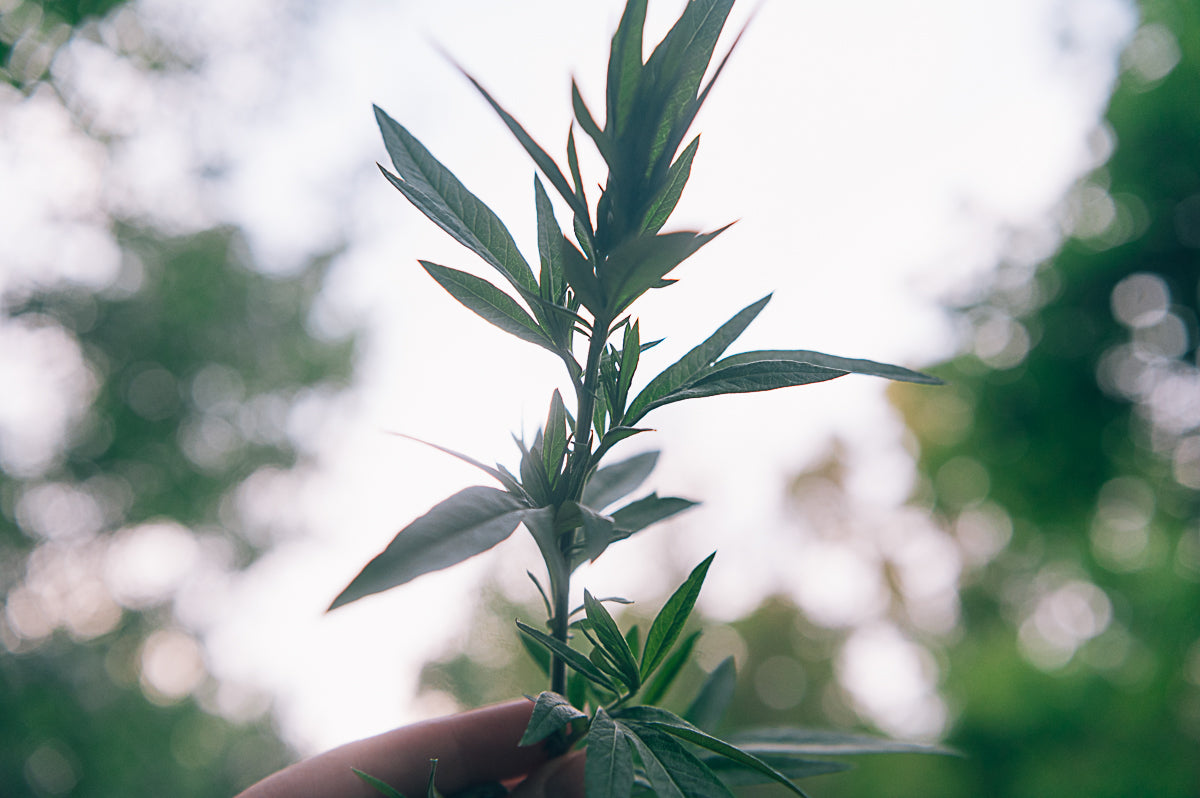
Let’s drill this point home by looking at common Mugwort (Artemisia vulgaris).
Mugwort is rich in antioxidants, antibacterial, and antifungal properties.
Medicinal properties in the Artemisia genus are even recognized by the National Institute of Health.
In 2015, the awarding of the Nobel Prize in Medicine for the discovery of artemisinin—a compound of plant origin found in Artemisia annua (annual mugwort)—inspired the researchers to study the phytochemical and pharmacological properties of other species of the genus Artemisia.
Guess what? Mugwort—a close relative of the Nobel Prize winner—grows just about everywhere in the world and is considered an aggressive invasive species in many places, especially right here in New York.
So we’re buying nutritionally poor produce in hopes of doing something good for our health, yet we’re ignoring “weeds” that are so rich in health, they’re winning Nobel Prizes!
This is why Mugwort is one of the first plants that I recommend to aspiring foragers and natural health enthusiasts. This sage-like plant is aromatic like a garden herb. It's been used in herbal medicine for thousands of years. Try using it in place of your favorite garden herb, as a green in a soup, or as a tea base.
Psst... mugwort is amazing. At least we think so. That's why we infuse it in our herbal tea blend: Relax and Enjoy Your Period. It pairs with pain-relieving wild lettuce, hormone balancing red clover, and subtly sweet hibiscus, for a powerful blend designed to combat symptoms and provide relief.
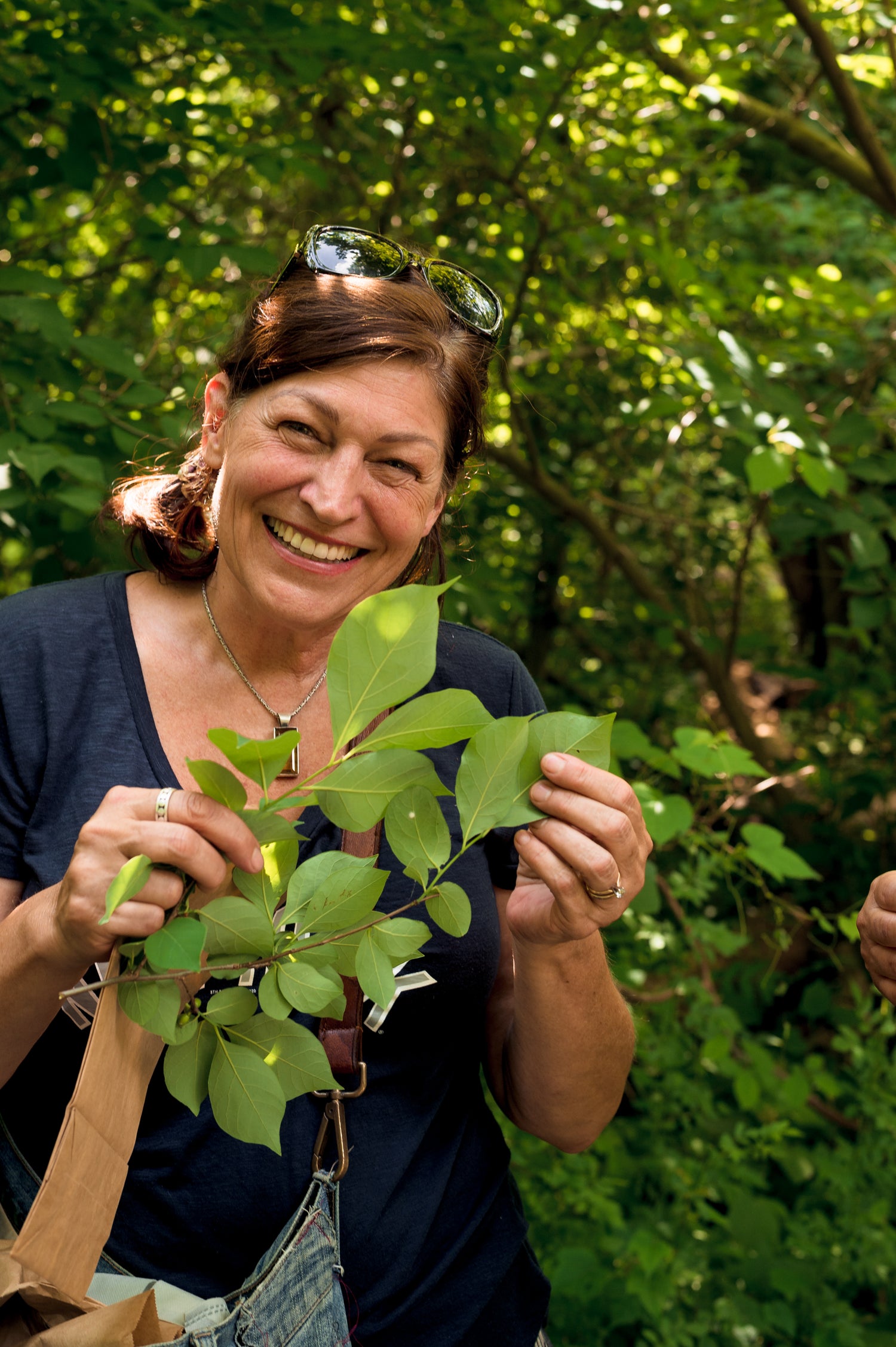
3. Like to Cook?
There are flavors in the wild that you’ve never tasted in your life.
Ever tasted a savory cinnamon-flavored berry? What about a leaf that has both lemon balm and root beer undertones? Yes, these both exist!
And they’re surprisingly a lot better than you’d think. The first is Spicebush and the latter is Sassafras.
They’re both in competition for my favorite native northeastern tree because they contain some of the most fragrant flavors found in the northeastern region. In addition to flavor, they both come with their own wealth of beneficial properties that have historically been used by indigenous people of the Americas as a remedy for various ailments.
It’s quite hard to describe the unique flavors of wild plants, but just because they aren’t so familiar to us doesn’t mean that they aren’t worth exploring.
Psst... we love the flavor of Sassafras, which is why its featured in our Lavender Dreams tea blend. We combine it with wild-foraged northern bayberry and organic lavender for restful sleep.
Where do you think root beer got its name? From the roots of an aromatic tree, perhaps?
That’s right. Root beer was originally made from Sassafras roots! That's why its leaves are reminiscent of this beloved soda's flavor. Although much less prominent than the root beer flavor we’re used to today as it’s not made from sassafras anymore.
But what could be made with sassafras? The possibilities are endless. Maybe you’ll create the next root beer! But if you do, all we ask is that you play your part and do it sustainably and ethically.
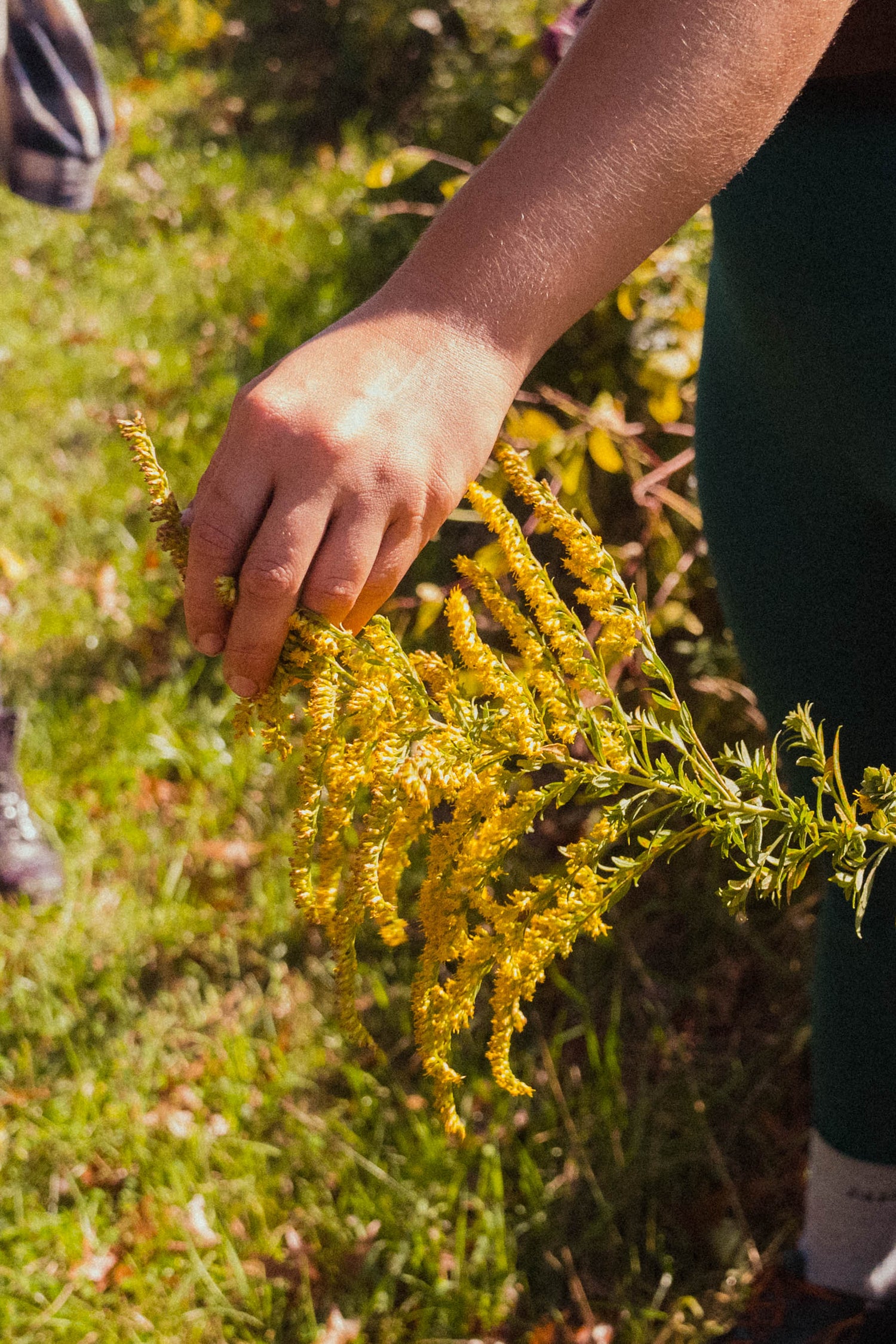
4. Wildflowers Do It Better
Goldenrod is abundant and has 7X as many antioxidants as green tea.
Why stick to slim offerings in grocery stores, when our local wildflowers do a better job?
Goldenrod is a common wildflower that grows abundantly across the globe, and it contains 7 times as many antioxidants as green tea.
Check out this YouTube video by master herbalist Yarrow Willard, “The Herbal Jedi.” He goes into detail about all of the benefits of Goldenrod. If you don’t have the time to watch it, here’s the spark notes.
Goldenrod has bioflavonoids that are antihistamines, making it a potential great remedy for fall allergies.
Goldenrod can have an anti-inflammatory effect all throughout the body.
Goldenrod has the potential to cleanse the liver, and it's sweeter than its liver-cleansing wild-plant counterparts.
We could name a few more reasons why you might want to ditch the green tea for Goldenrod, especially if it's not local or organic. Here's a peek into the food industry.
Chances are, if your tea isn't grown in the USA (likely, it isn't), then unethical labor practices may've been used to harvest it. Plus, if it's not organic or wild-foraged, pesticides and herbicides are probably used on the farm where it was grown. All of this isn't great for your body, farmworkers, or the environment.
Unfortunately, these issues aren't exclusive to green tea. They plague the entire food industry.
Pro-tip: Watch Rotten, a series on Netflix for a thorough overview of some of the most common forms of corruption and catastrophe all -too-common in the food system.Many issues are plainly considered normal in our global food system. But they motivate us at Glam Gardener NYC to do better. It's why we craft products with the highest standards, because who wants their natural health products to inadvertently cause harm to themselves, the environment, or others?
So, when you’re ready to switch your store-bought tea to something that packs more of a punch, check out our Cleanse + Relief Tea blend where Goldenrod is the main ingredient.

5. Sustenance & Resilience
Assess your life skills. How prepared are you to be self-reliant?
The pandemic has proved that many systems we rely on in tough times may not be as reliable as we thought. Learning to provide for ourselves is essential when possible.
I started Glam Gardener NYC to prove that we can learn these skills despite how urban our environment is.
It’s hard to argue against the value of learning to provide for oneself. The more sustenance skills we have, the more resilient we can be in times when we need them. Adding foraging to the long list of useful skills we should all have–many of which our grandparents had–is always going to benefit us, our families, and our communities.
What survival skills do you have under your belt? If you live in an urban environment, you’re probably a multi-talented hustler, but you don’t know how to differentiate between a deadly and a delicious wild berry. Sound about right?
That was me too. Until I learned that I had all the prerequisites to start learning to identify wild edible food and that doing so would make my life more rewarding.
Usually, folks are hesitant to dive first into teaching themselves foraging because they’re scared they might poison themselves.
The building blocks of learning foraging on your own are this: pattern recognition—which your brain is hard-wired to do—and repetition.
As they say, practice makes perfect.

Learn More About Harvesting Wild Plants with Glam Gardener NYC
If you’re local and ready, come on a foraging tour with Glam Gardener NYC.
Nothing beats in-person learning & incorporating the senses.
All foraging tours take place in the greenest borough of NYC—Staten Island.
View Our Wild-harvested Products
-
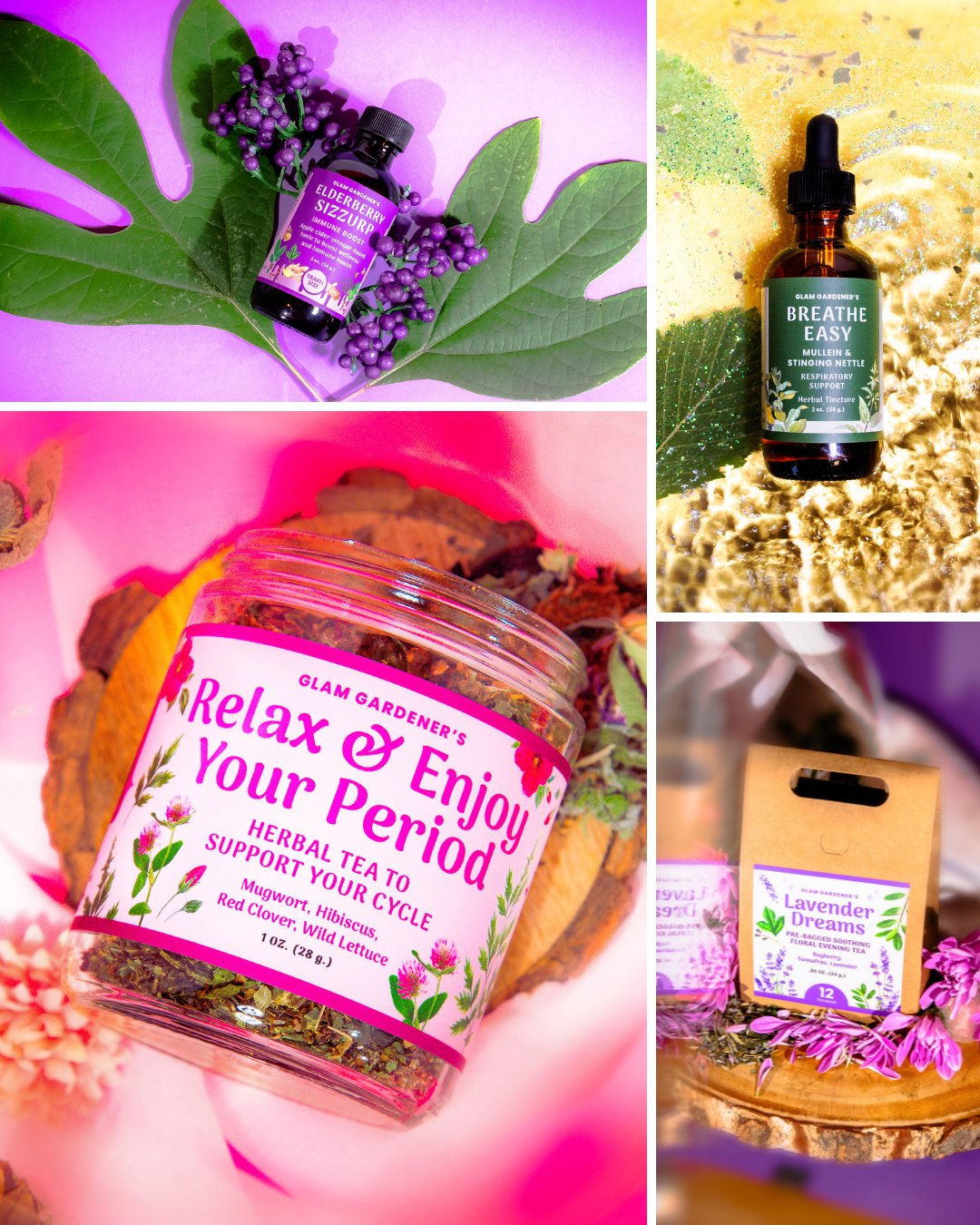
Explore All Herbal Products
Teas, tinctures, smudge wraps, topical salves, and herbal joints. Herbal products by...
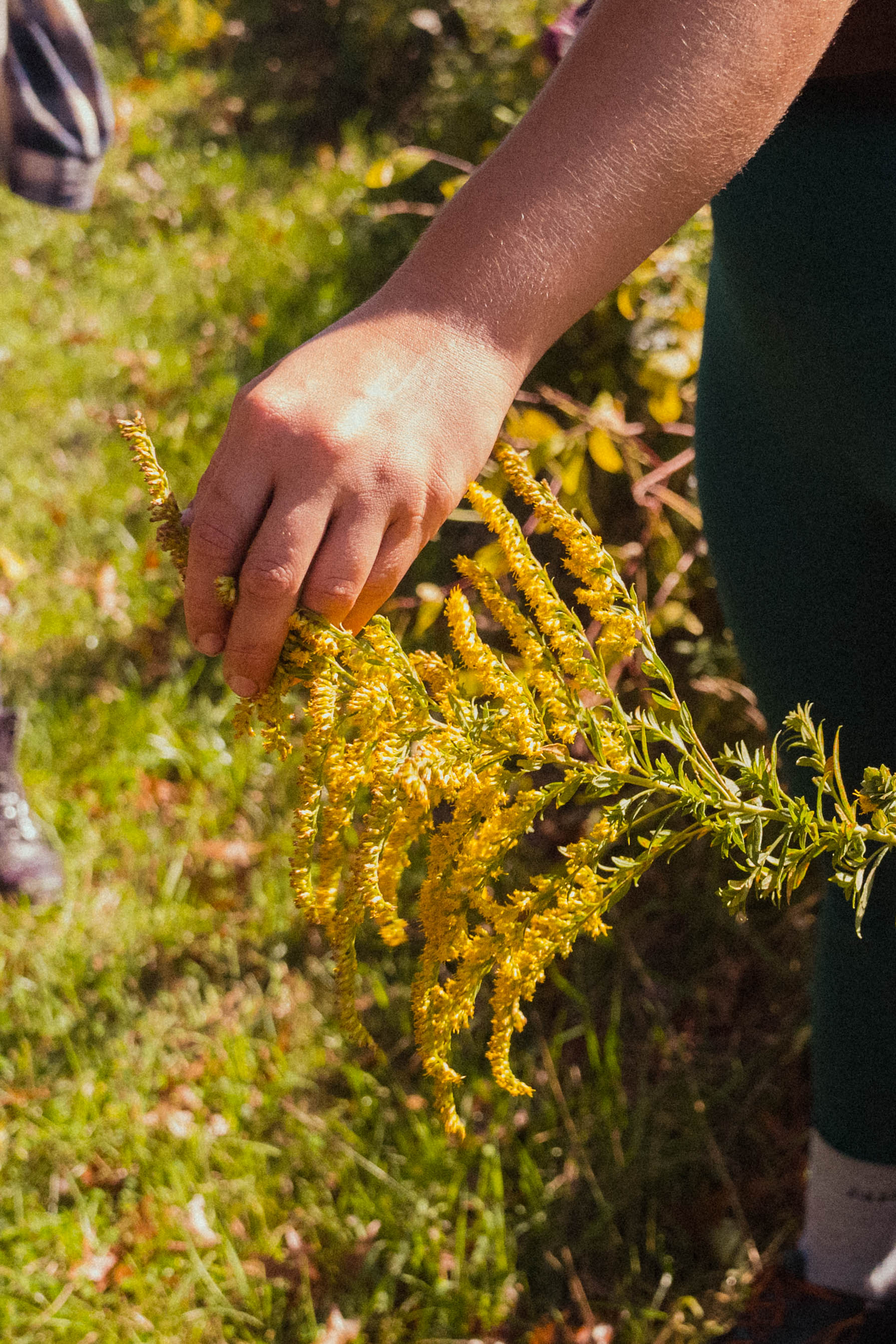
Subscribe to our emails
Join our email list for exclusive offers and the latest news.
